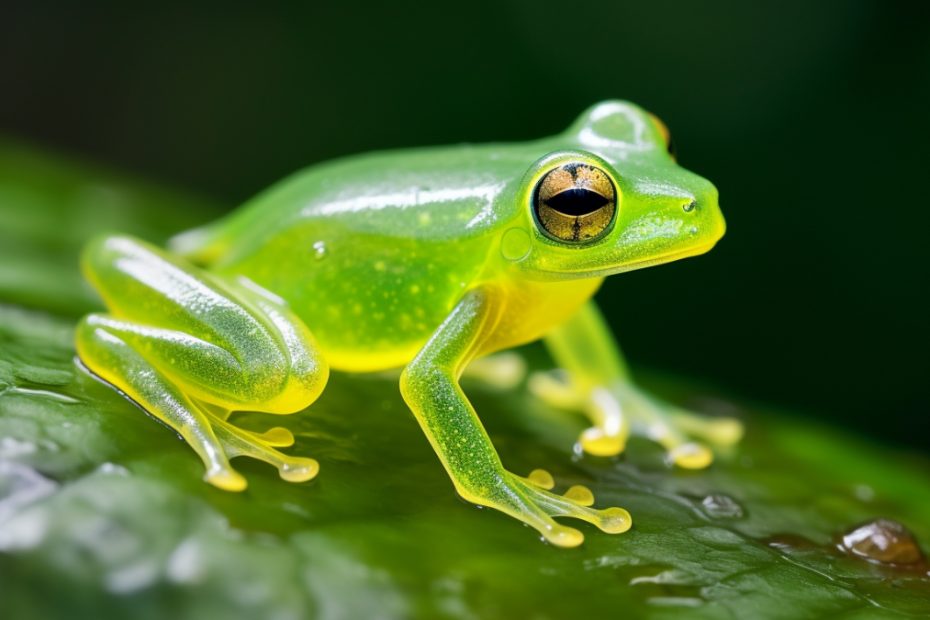Thanks to their unique transparent body, glass frogs have become a popular pet nowadays. However, before you go ahead and bring one home, you must know what does a glass frog eat.
In the wild, glass frogs mainly feed on insects such as crickets, worms, moths, ants, mosquitoes, flies, beetles, etc. While in captivity, glass frogs are fed insects and commercial frog pellets. Some glass frog species prey on larger invertebrates such as spiders, tiny caterpillars, termites, and leafhoppers.
In fact, the reticulated glass frogs are known to eat other small frogs too! Let’s dive into the details and explore the diet of various glass frogs in different stages of their lives.
What Does A Glass Frog Eat In The Wild?
As glass frogs are strictly carnivores, they only feed on insects in their natural environment. The frog is small, ranging from 1 to 1.5 inches only. So, it can only catch and eat small invertebrates including crickets, ants, moths, termites, and caterpillars.
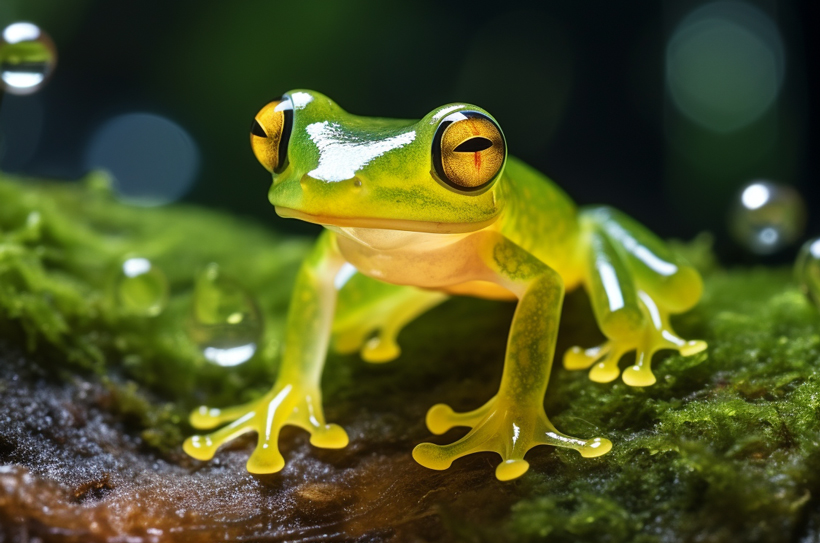
Unlike most amphibians, glass frogs have a smaller tongue which means catching the flying prey is difficult for them. However, the frog has a really sticky tongue, so it occasionally traps leafhoppers, flies, mosquitoes, and butterflies. Here are the details of the usual diet of glass frogs in the wild:
Crickets and Ants
The two most common items in a glass frog’s diet are crickets and ants. The natural habitat of glass frogs is tropical forests where crickets and ants are widely available. Hence, glass frogs can easily prey on them.
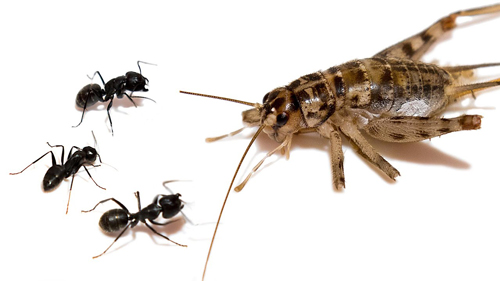
Both crickets and ants are good sources of protein and minerals. Crickets contain calcium, zinc, magnesium, potassium, phosphorus, sodium, iron, and vitamins A, B, C, D, and K. Ants are also high in fiber and minerals such as iron, phosphorus, zinc, and magnesium.
Various Types of Worms
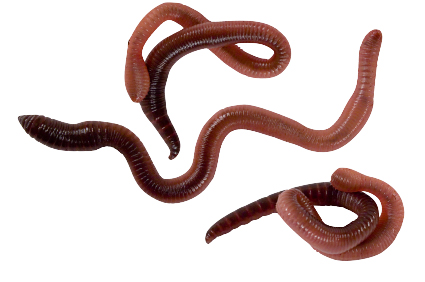
Due to their small size and availability in humid areas, worms are another common item on the glass frog’s diet. Some worm species that glass frogs like to eat include:
- Earthworms
- Waxworms
- Mealworms
- Blackworms
- Bloodworms
- Fruitworms, etc.
As for nutrition, worms are a great source of healthy fat, protein, iron, zinc, fiber, and riboflavin.
Moths, Termites, and Caterpillars
Depending on their habitat and species, glass frogs can regularly eat moths, termites, and caterpillars. All these insects are great sources of protein, fat, and carbohydrates.
Besides, moths provide the frog with calcium, and species of winged termites are rich in iron and zinc. A caterpillar’s nutrition composition is also impressive with essential minerals like calcium, magnesium, and potassium.
Flies and Mosquitoes
Although glass frogs don’t rely on them for their nutrition, the abundance of flies and mosquitoes in tropical forests make them alluring. Glass frogs are sit-and-wait predators.
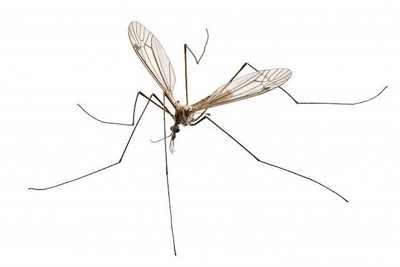
So, they stay still until the flying insects come near them, allowing the frog to easily capture them. Flies and mosquitoes are full of protein, fat, and minerals.
Spiders and Leafhoppers
As opportunistic predators, glass frogs will eat any insects that are close enough for hunting. When available, some species of glass frogs eat slightly larger insects like spiders and leafhoppers. While spiders mainly contain carbs and fat, leafhoppers offer vitamins and minerals as well.
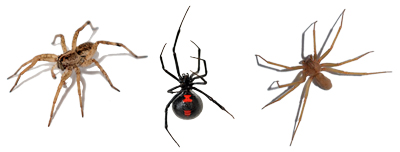
Small Frogs
As the digestive system of the glass frog is highly delicate, it doesn’t usually eat large and meaty foods. However, some species of glass frogs such as the reticulated glass frog (Centrolenella fleischmanni) are known to eat other small frogs.
Such glass frogs have strong jaws and teeth to crush larger prey. Eating frogs provides them with valuable macro and micro nutrients including protein, sodium, fat, calcium, iron, and potassium.
What to Feed a Glass Frog in Captivity?
When you’re a proud parent of a glass frog, you must ensure a balanced diet for it. In general, captive glass frogs can eat whatever they are used to having in their natural habitat.
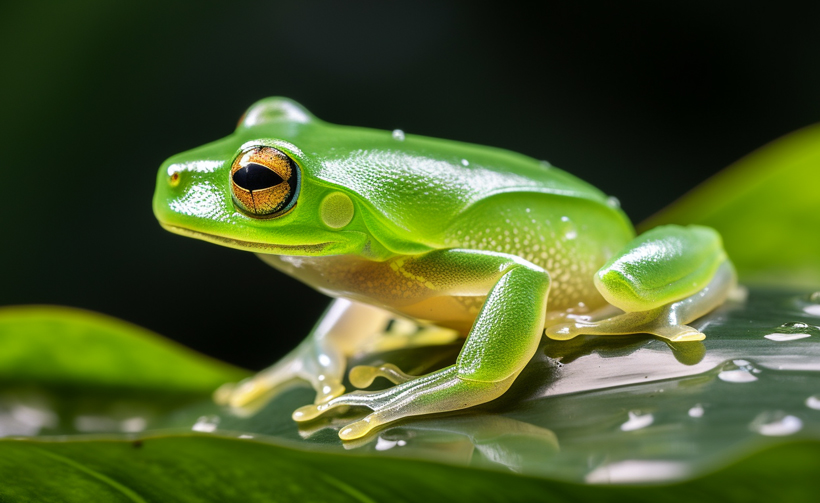
So, various types of insects are the best food for your pet glass frog. However, if insects aren’t readily available, you can feed them commercial diets and supplements. Below are some food items to offer a pet glass frog:
Live Insects
To maintain their natural hunting instincts, it’s best to offer live prey to your pet glass frog. For this, you can put various small insects with the frog in a closed environment. Otherwise, cutting the wings or legs of the insect will also help the glass frog to easily capture it.
Crickets, ants, earthworms, waxworms, fruit flies, moths, etc., can be easily collected from a nearby pet food shop in your location. You can also collect them from forests and bushes or order them online. Frozen insects are also a convenient option to instantly feed your glass frog.
Commercial Food
No worries if you can’t find live insects anywhere. There are many commercial frog foods available both online and offline. When it comes to nutritional value, commercial diets are usually more complete.
They contain sufficient amounts of protein, fat, carbs, vitamins, and minerals to ensure the well-being of a captive frog.
Keep in mind that glass frogs are arboreal or tree dwellers. So, you must choose commercial frog food made for tree frogs instead of aquatic ones.
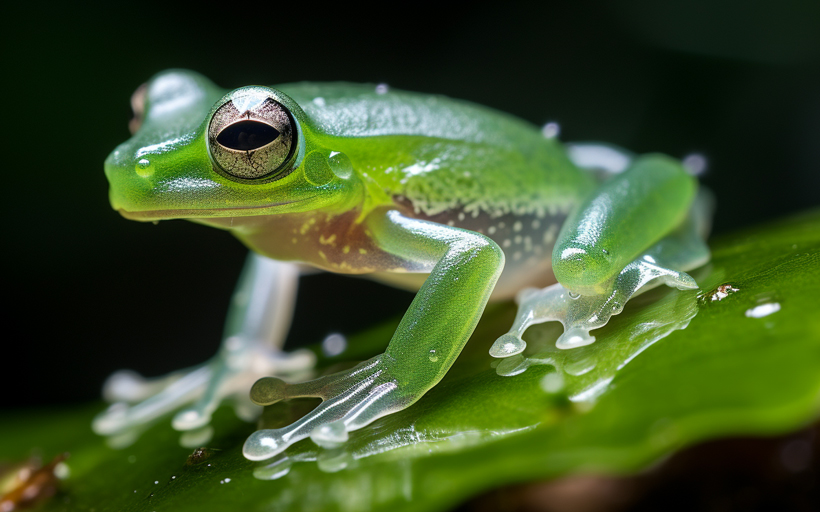
Supplements
Whether you’re feeding your glass frog with insects or commercial diets, supplements are something you should add for all-around nutrition. If your frog is only eating insects, supplements are a must to protect them from various nutritional deficiencies.
The supplements typically come in a powdery form and contain high amounts of calcium and vitamins. In any case, you must refer to the manufacturer’s instructions or consult a vet to know the recommended supplement dosage for your glass frog species. Otherwise, high dosages can be lethal to your precious pet.
Diet of Baby Glass Frogs and Tadpoles
Due to the difference in their size and habitat, baby glass frogs and tadpoles have slightly different food habits. While glass frog tadpoles mainly feed on plant litter, froglets or baby frogs prefer small insects. Here’s what glass frog tadpoles and froglets eat:
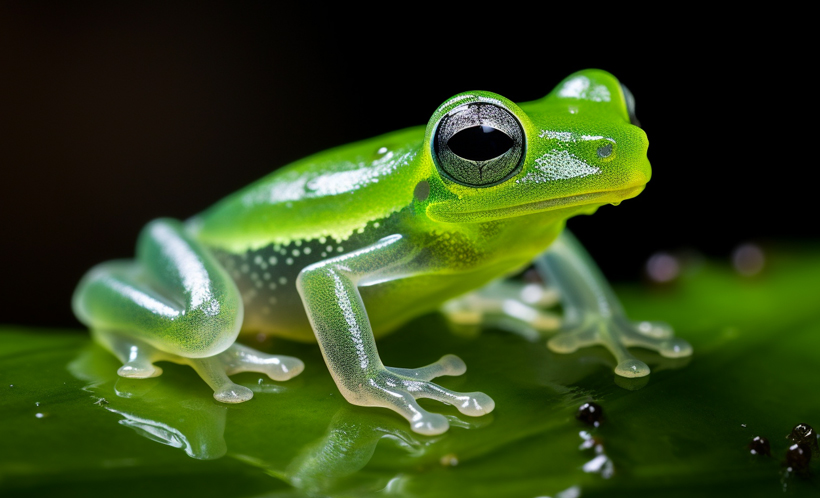
Glass Frog Tadpoles
After mating, female glass frogs lay eggs on leaves near a water source. So, when the eggs hatch, the tadpoles fall directly into the water. They continue living in water until the tadpoles morph into froglets. Therefore, glass frog tadpoles basically eat dead plants.
Depending on the availability of food, glass frog tadpoles can be herbivores or omnivores. They eat aquatic vegetation, algae, dead leaves or barks, and detritus. Some may also consume tiny aquatic invertebrates such as small insects, larvae, or crustaceans.
While in captivity, glass frog tadpoles can eat dead plant matter or commercial tadpole food.
Froglets or Baby Frogs
After the metamorphosis process of a glass frog tadpole, the froglet stage begins, and its diet shifts. Baby glass frogs are primarily insectivores, so they feed on small insects, spiders, and other arthropods. If the frog lives near a water source, it eats aquatic creatures like small arthropods and larvae.
Otherwise, baby frogs living deep in the forests consume mainly insects and other invertebrates. For pet baby frogs, you can offer commercial food, worms, small crickets, fruit flies, and ants.
The dietary preferences of unique species like the glass frog are a testament to the diverse and intricate world of amphibians. Beyond their eating habits, the life stages these creatures undergo are equally fascinating. If you’re intrigued by the journey from inception to maturity, delve into our detailed exploration on frog egg hatching to understand the transformation of these amphibians from a mere egg to a hopping being. And for those who are inspired to bring one of these creatures into their homes, ensuring their proper care is paramount. Dive into our comprehensive guide on frog care to learn about creating the best environment for your amphibian friend.FAQs
As a responsible glass frog owner, you need to have an all-around insight into their diet. So, here is some essential information about their food habits.
Adult glass frogs consume 5 to 7 insects 2-3 times a week. Young glass frogs require more frequent feeding, so they eat once a day.
Keep in mind that the frequency of their feeding will depend on the size or activity of the frog. In the wild, the feeding habit changes depending on the availability of food sources.
Glass frogs don’t drink water or any other liquid. Similar to other amphibians, glass frogs also have thin skin with a drinking patch.
It consists of blood vessels that allow the frog to absorb water through its skin. Glass frogs absorb moisture when it rains or from the air.
Upon catching an insect, a glass frog directly swallows it and the rest is taken care of by its digestive system. Glass frogs use their sticky tongue to capture their prey.
As glass frogs don’t have any teeth, the food is broken down by their digestive juices. However, some larger species like the reticulated glass frog can crush their prey before swallowing.
Wrapping Up!
As we’re done with our exploration of what does a glass frog eat, now you know all about their food habits. Various types of small insects are the primary item on a glass frog’s menu. However, glass frog tadpoles and froglets can feed on plants as well.
If you’re keeping one as a pet, you can provide your glass frog with commercial food and supplements. However, always consult an amphibian expert to know about the recommended dosage. Overeating can be detrimental to glass frogs, be it natural or commercial food.

Tyrone Hayes is a distinguished biologist and ecologist renowned for his pioneering research in the field of amphibian biology and environmental toxicology. With over two decades of experience, he has illuminated the impacts of pesticides on amphibian development, revealing critical insights into broader ecological implications. Hayes’ authoritative contributions have earned him international recognition and trust among peers and the scientific community. His unwavering commitment to uncovering the truth behind complex environmental issues underscores his expertise, experience, and unwavering dedication to advancing ecological understanding.
